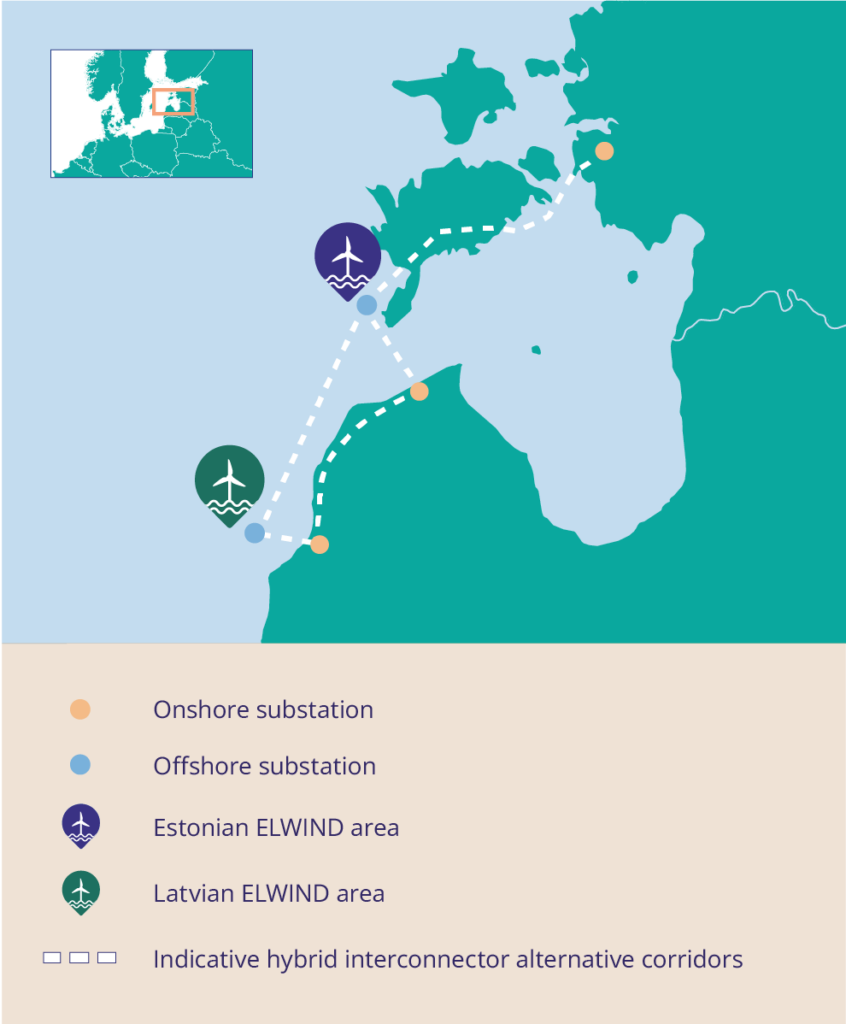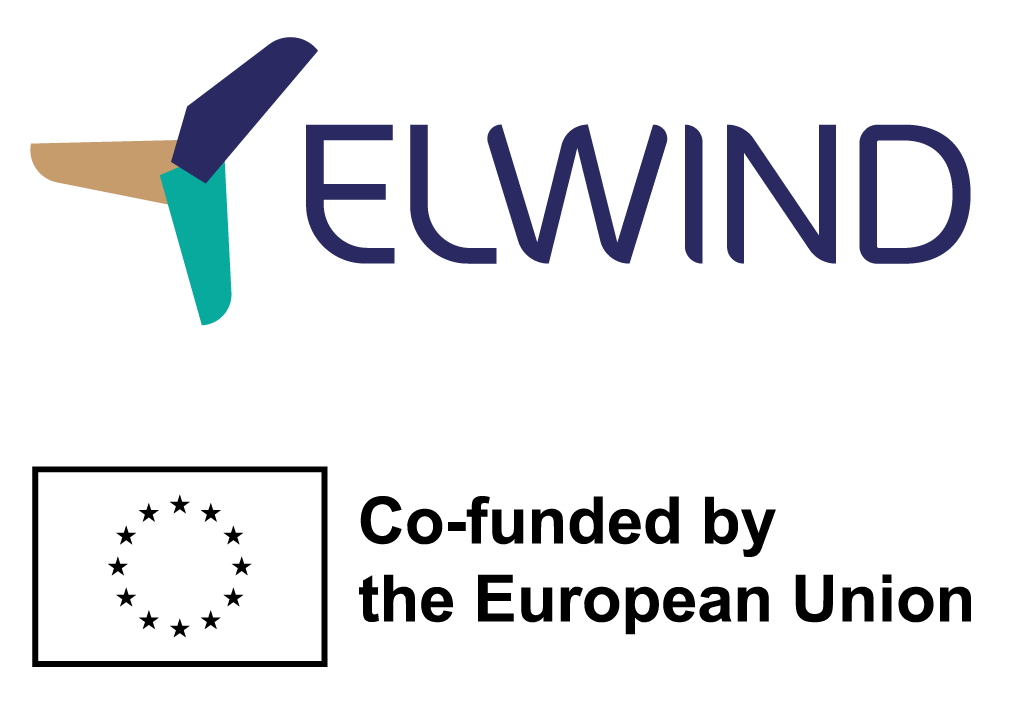Bring Baltic's
wind together
Energy production needs a new approach, both for environmental and security reasons. Offshore wind energy is an environmentally and human-friendly way to produce green, affordable energy and to increase energy independence.
ELWIND latest news
Procurements
01.04.2024
Public procurement: “Bird study for ELWIND”
General
31.01.2024
Dutch Company Ventolines taking the role of the technical consultant for the ELWIND project
Procurements
08.01.2024
ELWIND EIA programme public procurement published
ELWIND
Estonian-Latvian
ELWIND is a joint offshore wind project between two Baltic neighbours ̶ Estonia and Latvia. With this cross-border project, the states are aiming to raise cooperation in energy field into new heights by taking an important step towards increasing energy and climate neutrality and energy security in the region.
Offshore
There is a huge potential in the Baltic Sea to harvest kinetic energy of the wind and turn it into electricity we can use to power our homes and industries. Estonia and Latvia have many offshore areas where this potential could be realized in near future and ELWIND is one project that is aiming to contribute into achieving this goal.
Energy independence
Today, the electricity consumption in Estonia and Latvia exceeds the production volumes and consumption peaks are covered by imported electricity. Many high-volume electricity power plants run on nonefficient and outdated technologies. Both states need to invest into local competitive and renewable electricity production units to increase energy security in the region and gain energy independence in a sustainable way.
Green energy
Amongst other European Union countries, Estonia and Latvia have also set ambitious targets on the way of becoming first net zero greenhouse gas emission continent. Redesigning energy sector is one of the backbones of reaching this goal and ELWIND project aims to be one of the pioneers in large scale cross-border projects contributing into achieving common climate targets.
Interstate electricity connectivity
Working electricity transmission system is a basis for common electricity market. Interstate electricity transmission lines make it possible to easily transfer electricity from one country to another driven by actual consumption. Having enough regional competitive renewable electricity production and sufficient electricity interconnectors, the shortage of production in one state can easily be covered by production in neighbouring state and the price level to end consumer will not be affected much.
ELWIND project timeline
MoU (Memorandum of Understanding) 2020
Technical assistance 2021
Prefeasibility study 2021
C-B RES list nomination 2022
Final area decisions 2022
CEF RES application 2023
EIA (Environmental Impact Assessment) 2023-2026
Auction 2027
Project construction 2029+
Commissioning 2030+
2020 - MoU (Memorandum of Understanding)
Projekti elluviimist alustati 2020. aasta septembris, mil allkirjastati Eesti-Läti majandusministeeriumite vahel vastastikuse mõistmise memorandum (edaspidi MoU). Projekt loob tiheda sideme Läti ja Eesti vahel, tugevdades tehnoloogilist, energeetilist ja majandusliku koostööd.
2020 - MoU (Memorandum of Understanding)
Projekti elluviimist alustati 2020. aasta septembris, mil allkirjastati Eesti-Läti majandusministeeriumite vahel vastastikuse mõistmise memorandum (edaspidi MoU). Projekt loob tiheda sideme Läti ja Eesti vahel, tugevdades tehnoloogilist, energeetilist ja majandusliku koostööd.
Consideration phase
- Studies for offshore wind connection in on-shore
- Assessments of various scenarios for offshore wind connection
- EIA studies
- Other technical and socio-economic studies
Planning and permitting phase
- Technical requirements for ELWIND connection
- Proposal for investments
- Investment decision
- Technical design
- Tendering
Construction phase
- Constructiion timeline
Commissioning
- Commissioning
- Testing
- Operation
Impacts and gains
ELWIND project is expected to increase energy security, make electricity prices more affordable, and provide domestic green energy. It will also boost competitiveness through opening up new sectoral development.

